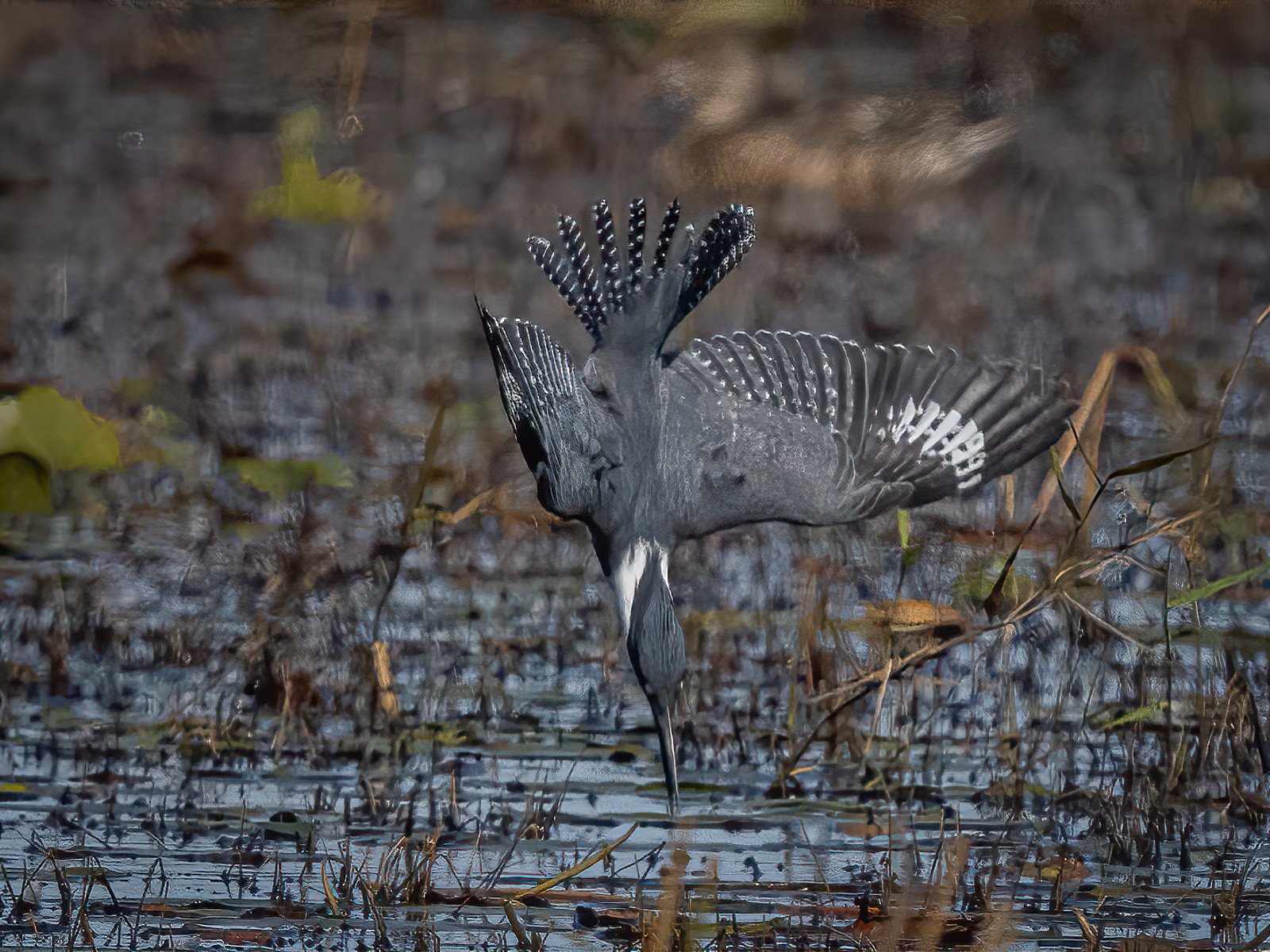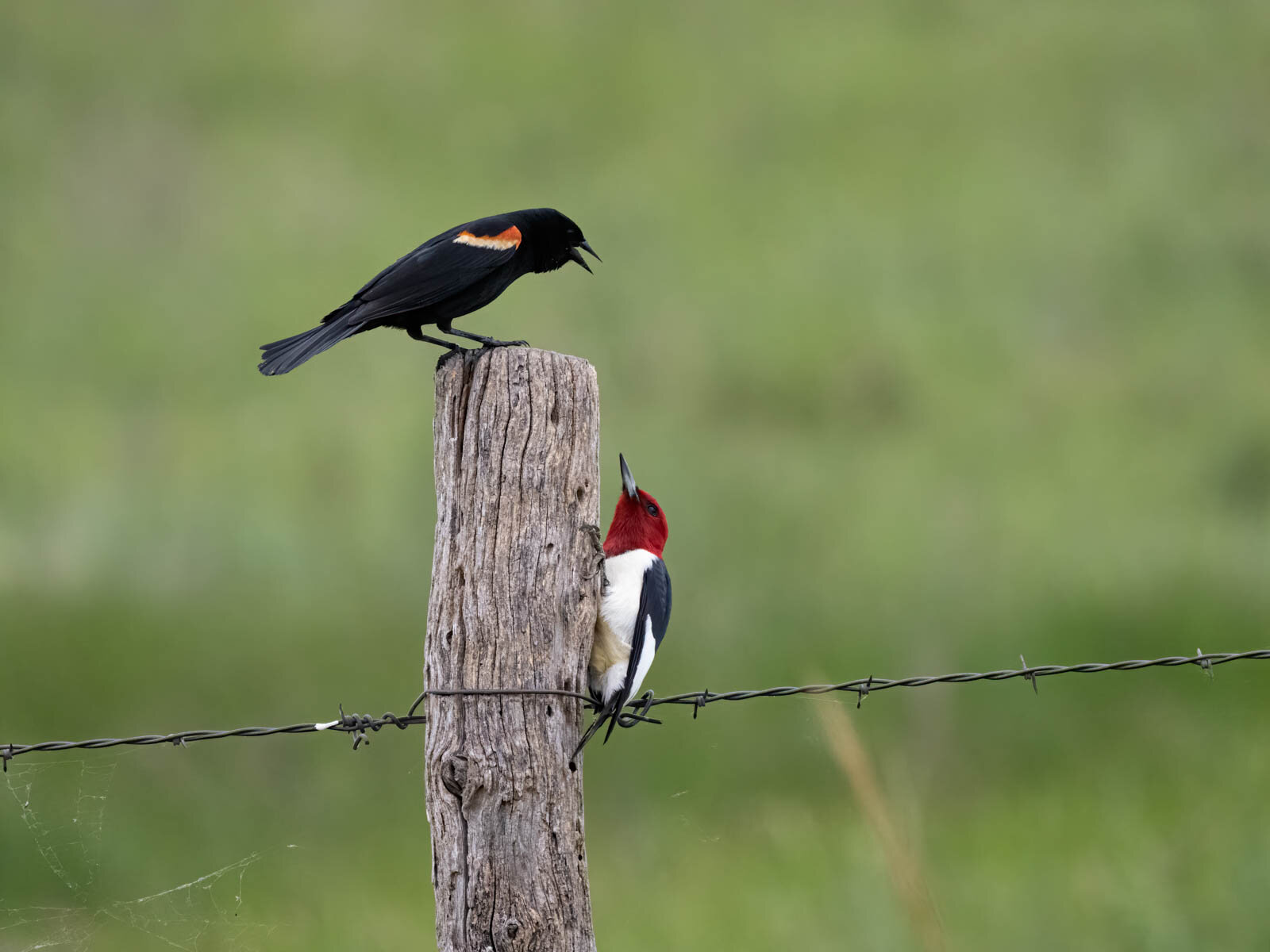Dave's blog - Various & Sundry
Sandhill Silhouettes Some Shall Savor
/Nineteen images of sandhill cranes coming in after sunset to land in an overnight crane pool at the Bosque del Apache NWR in New Mexico on the evenings of December 9 and 10 2021.
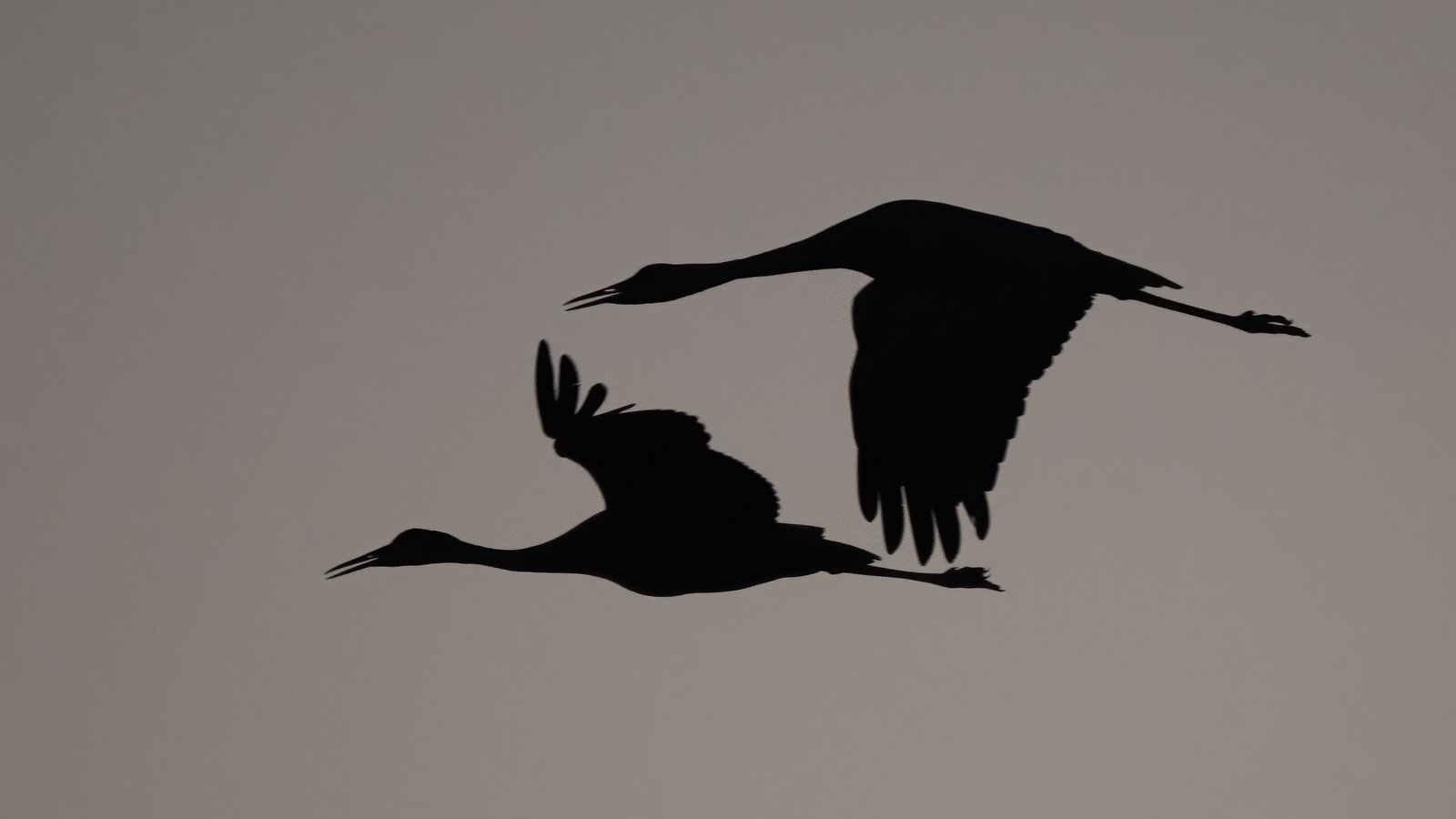

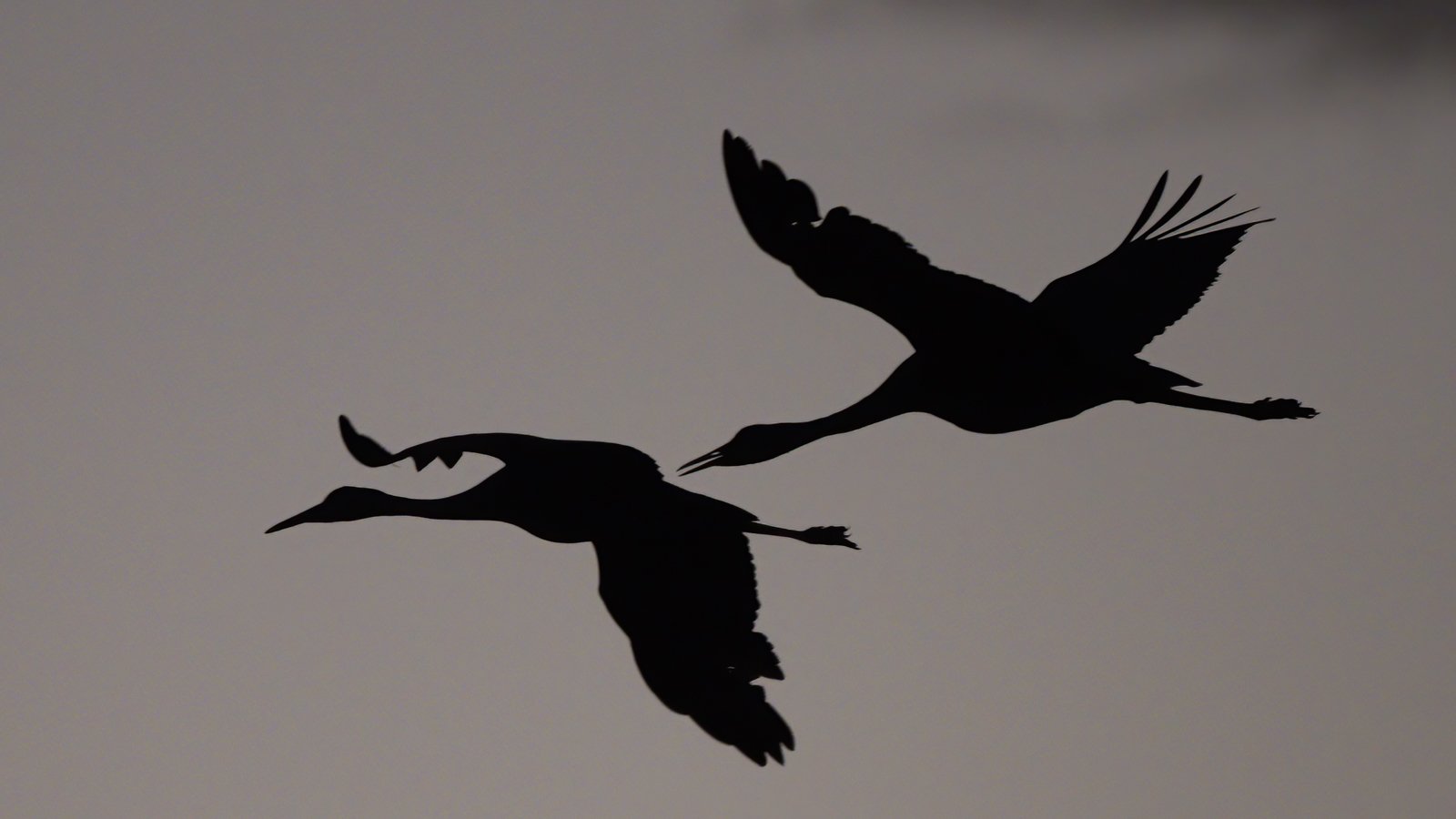
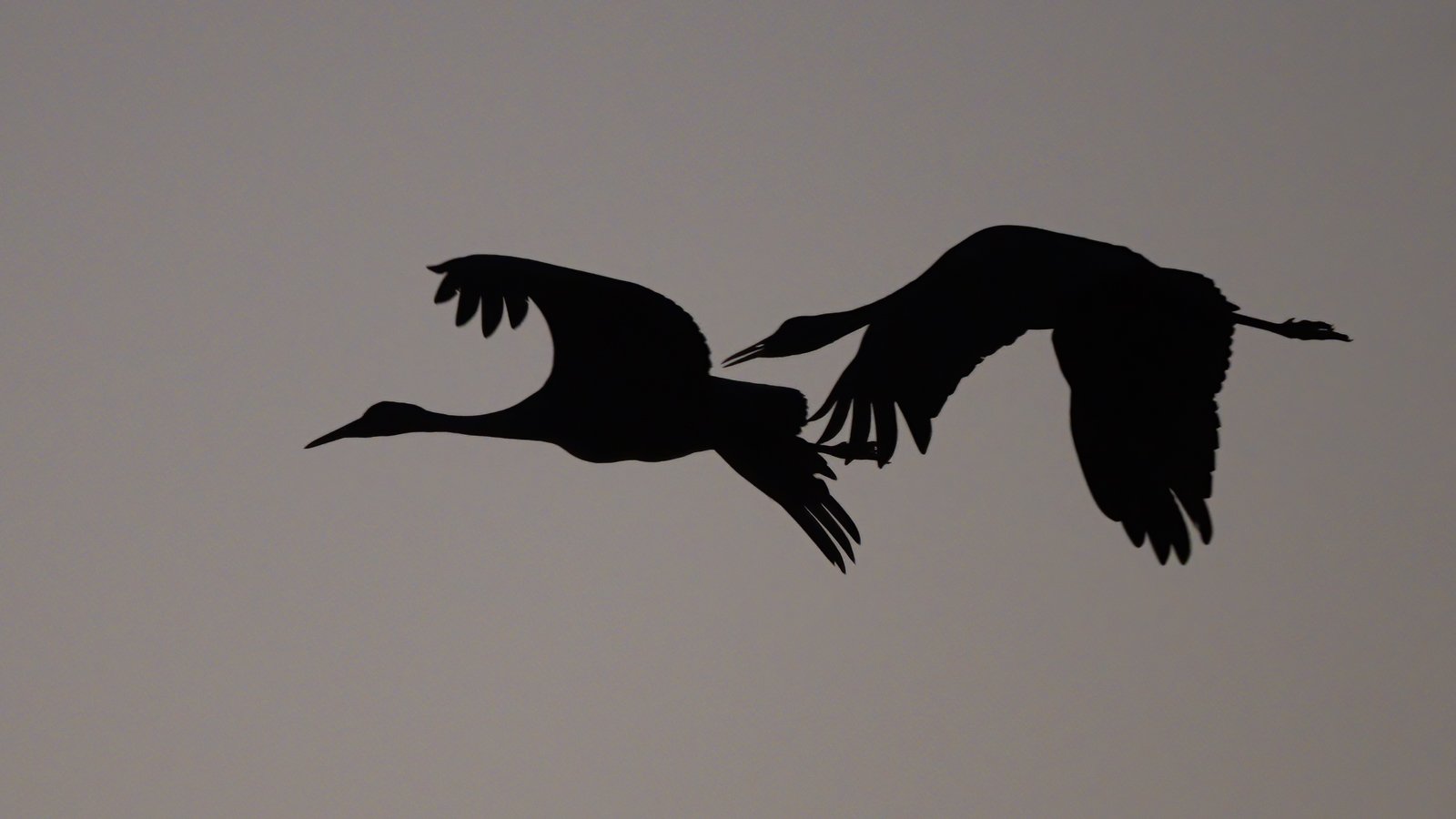
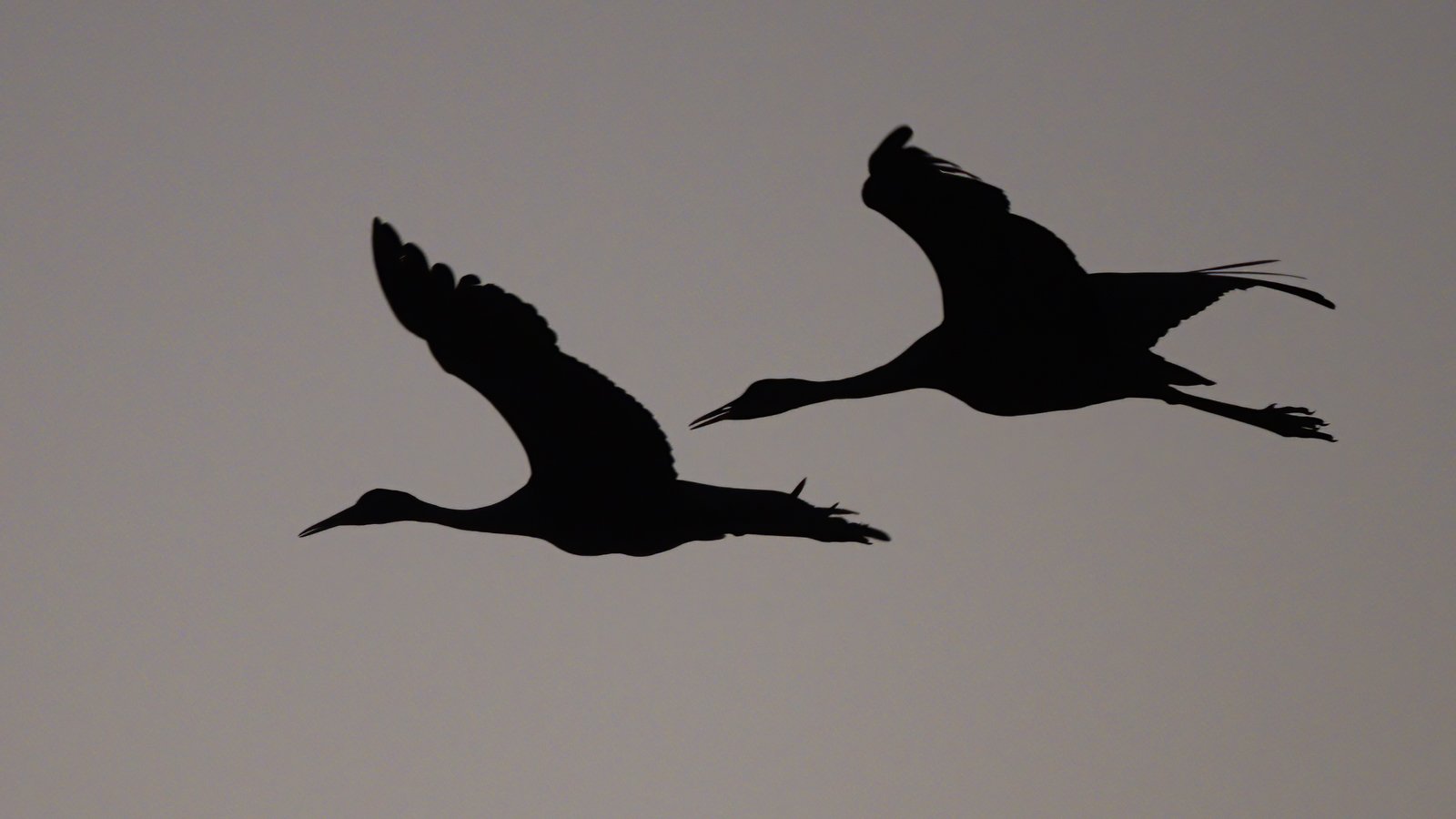
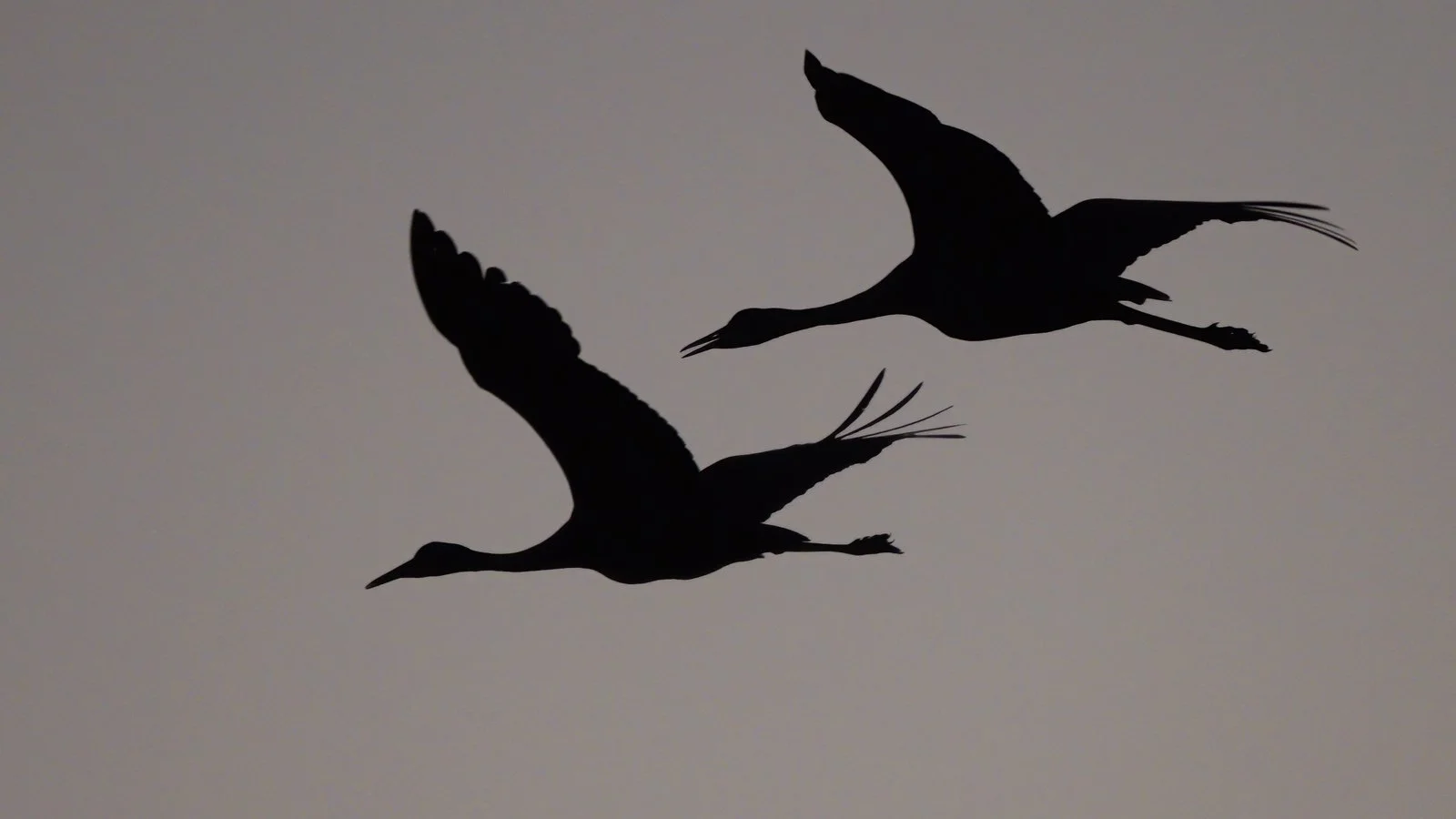
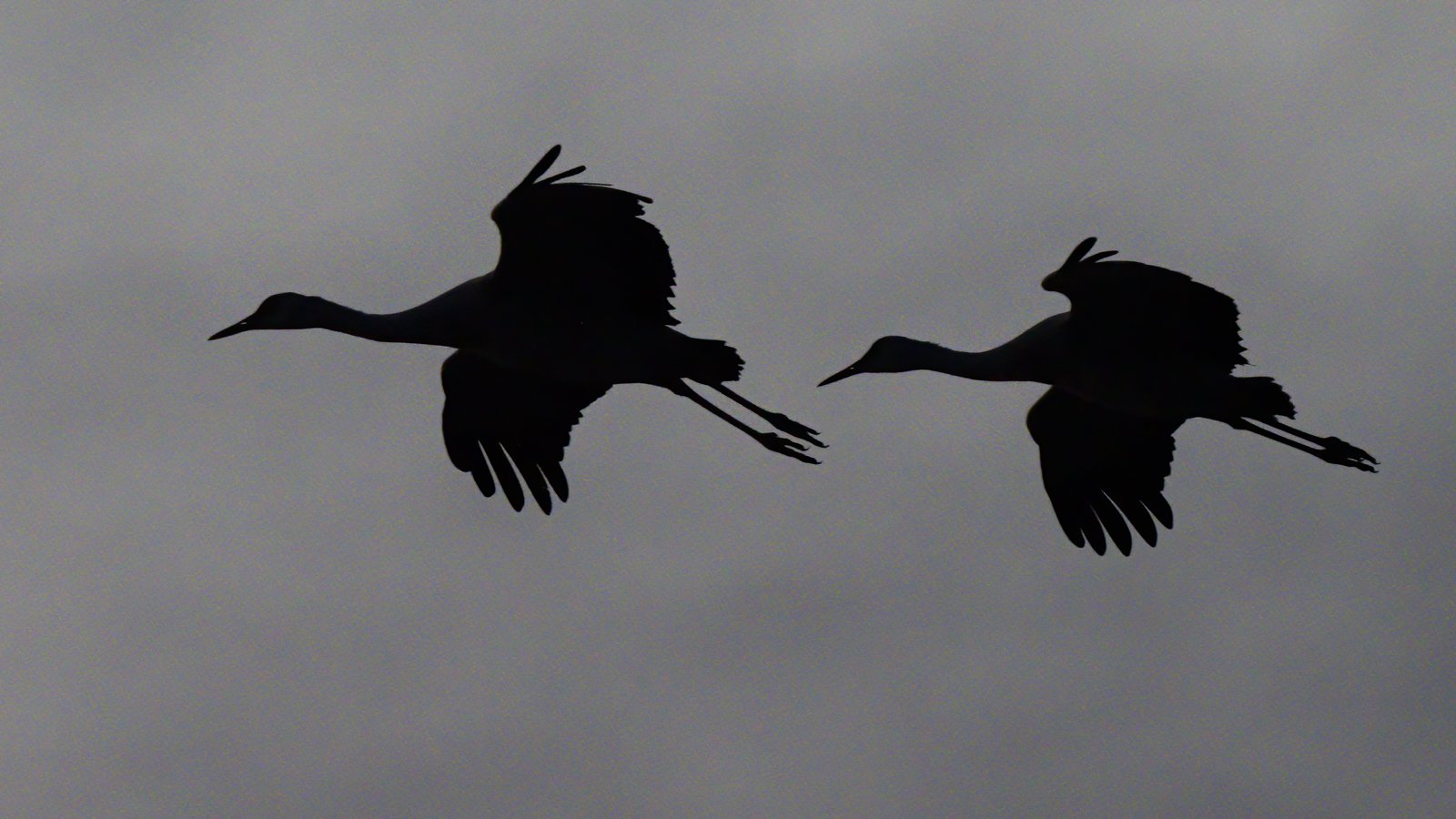

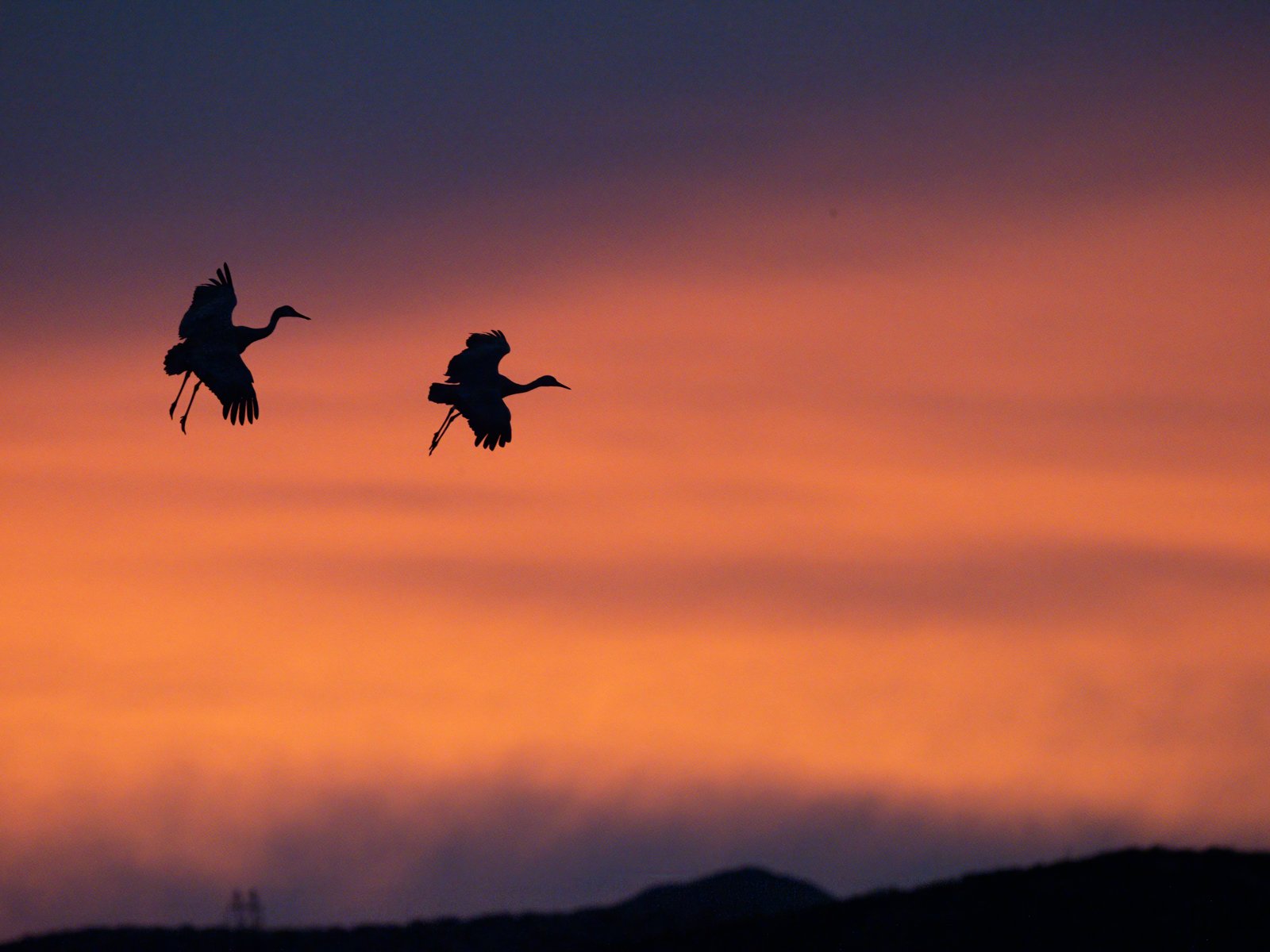
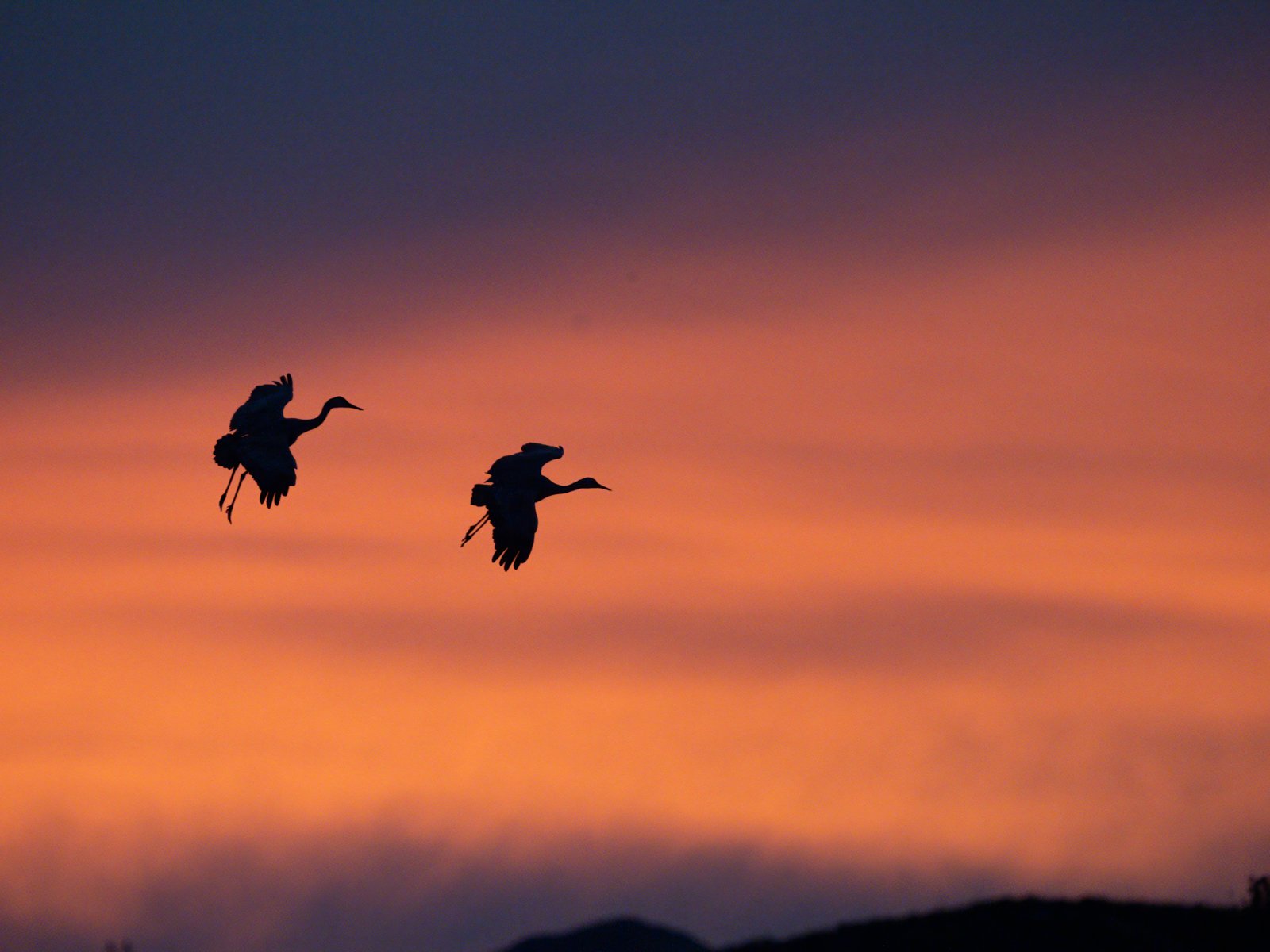
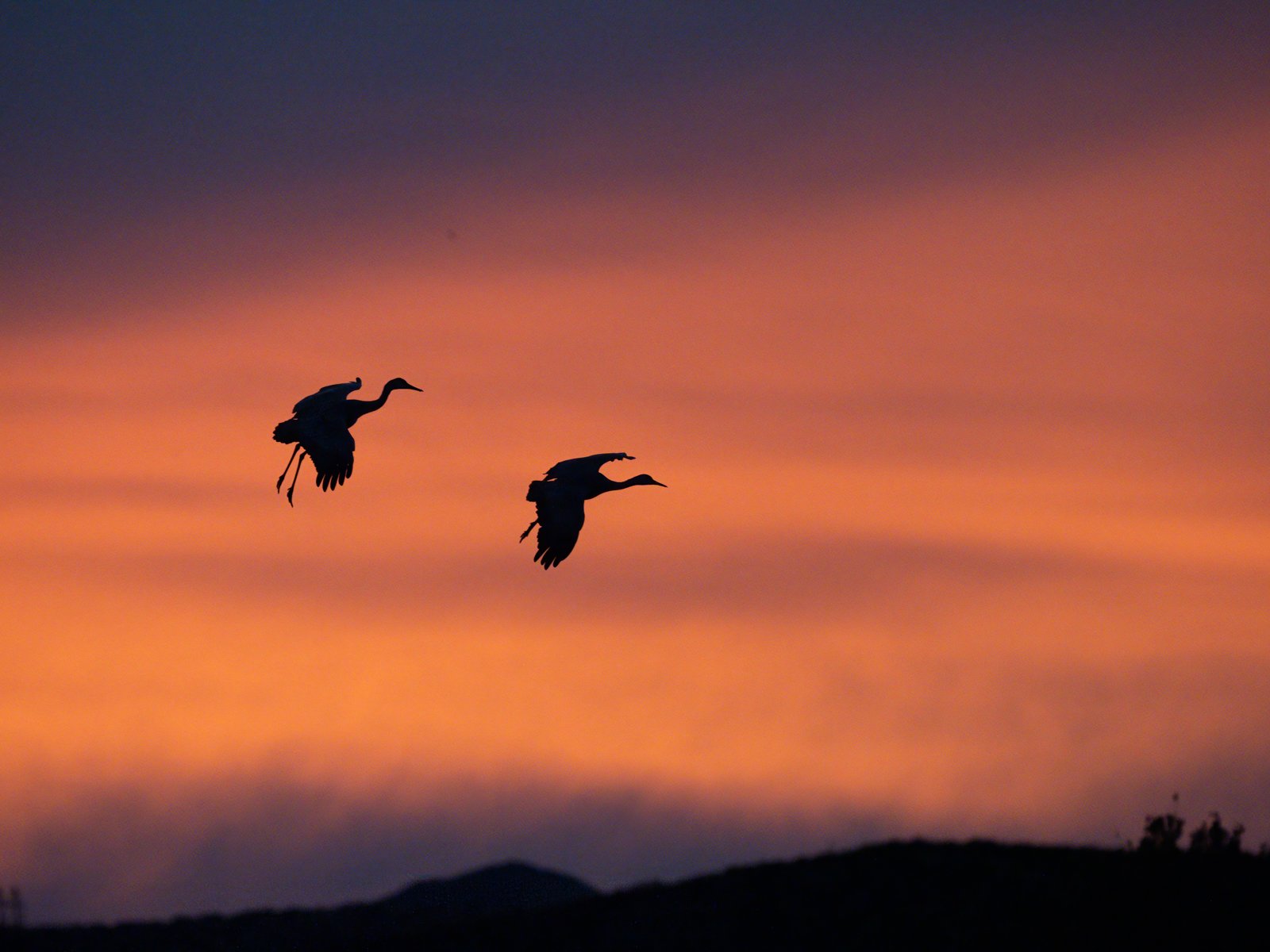
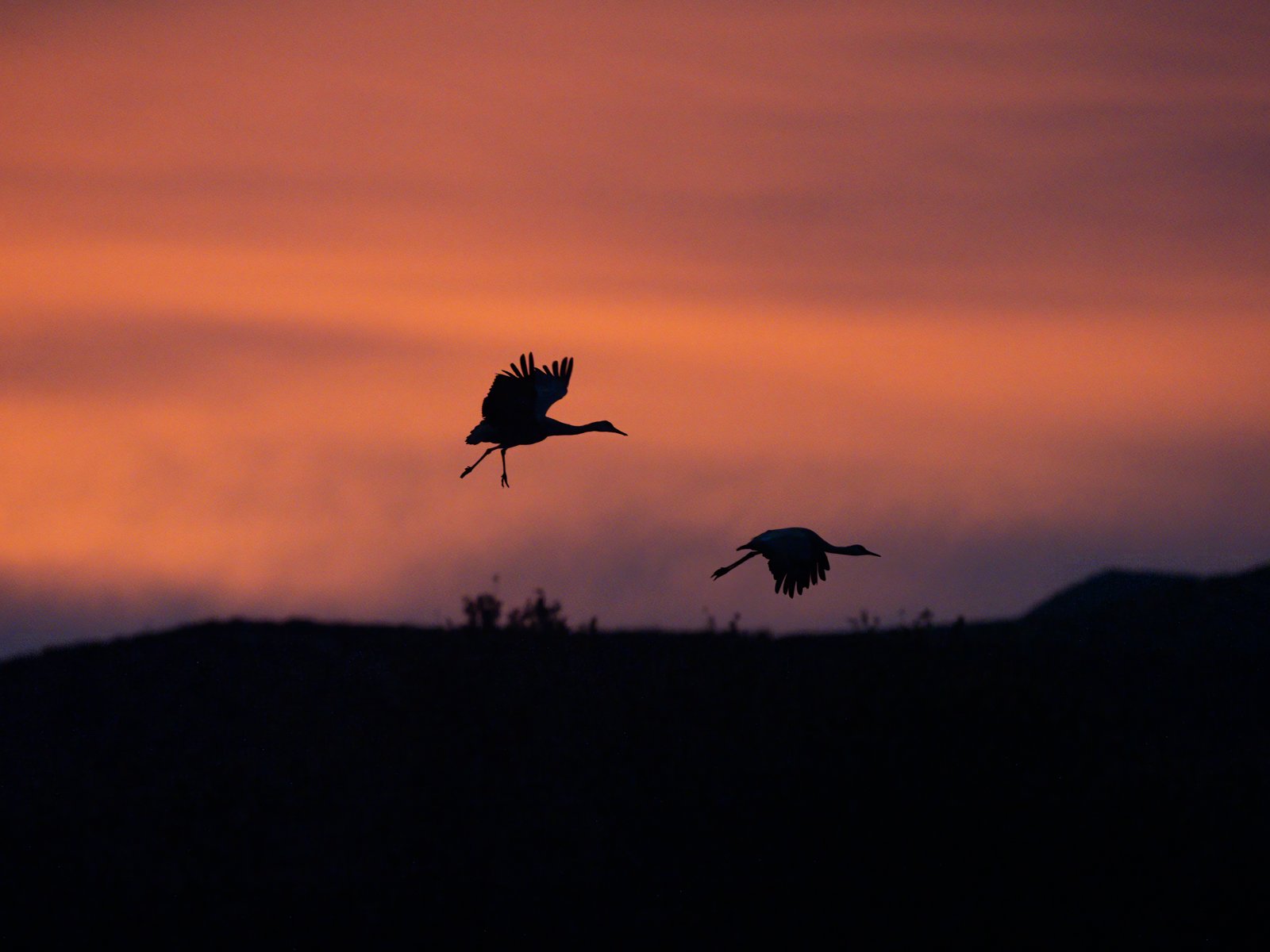
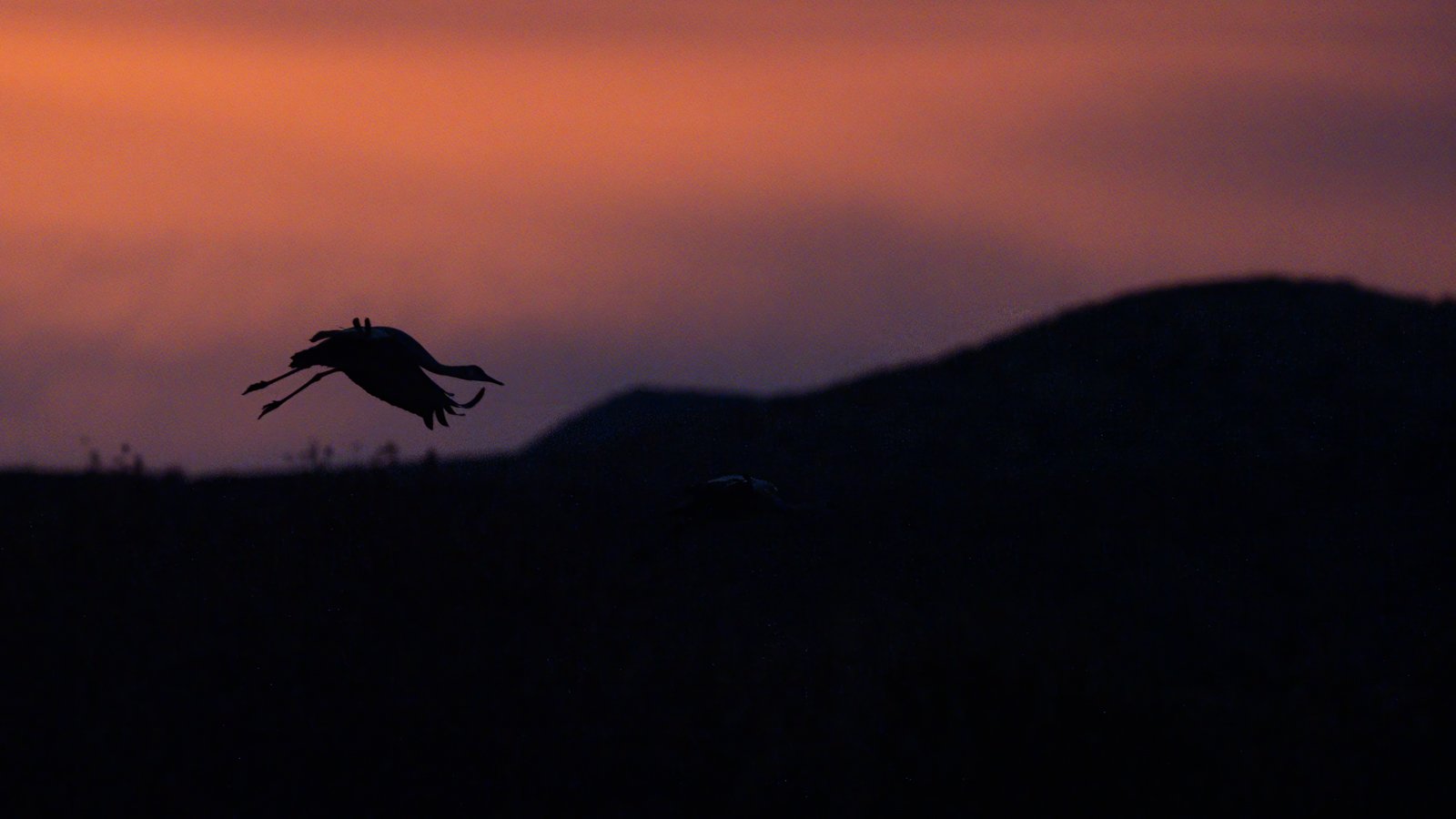
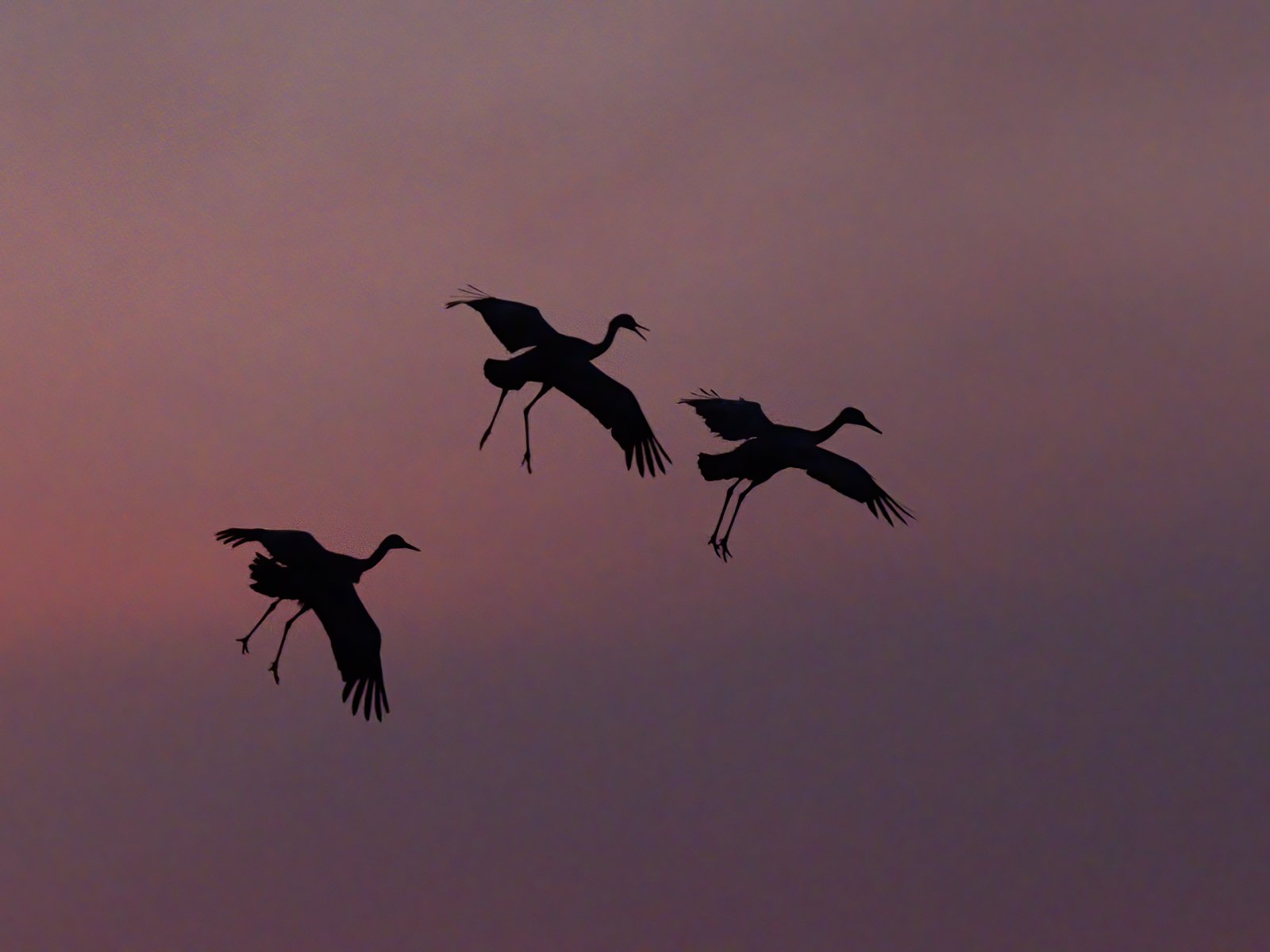
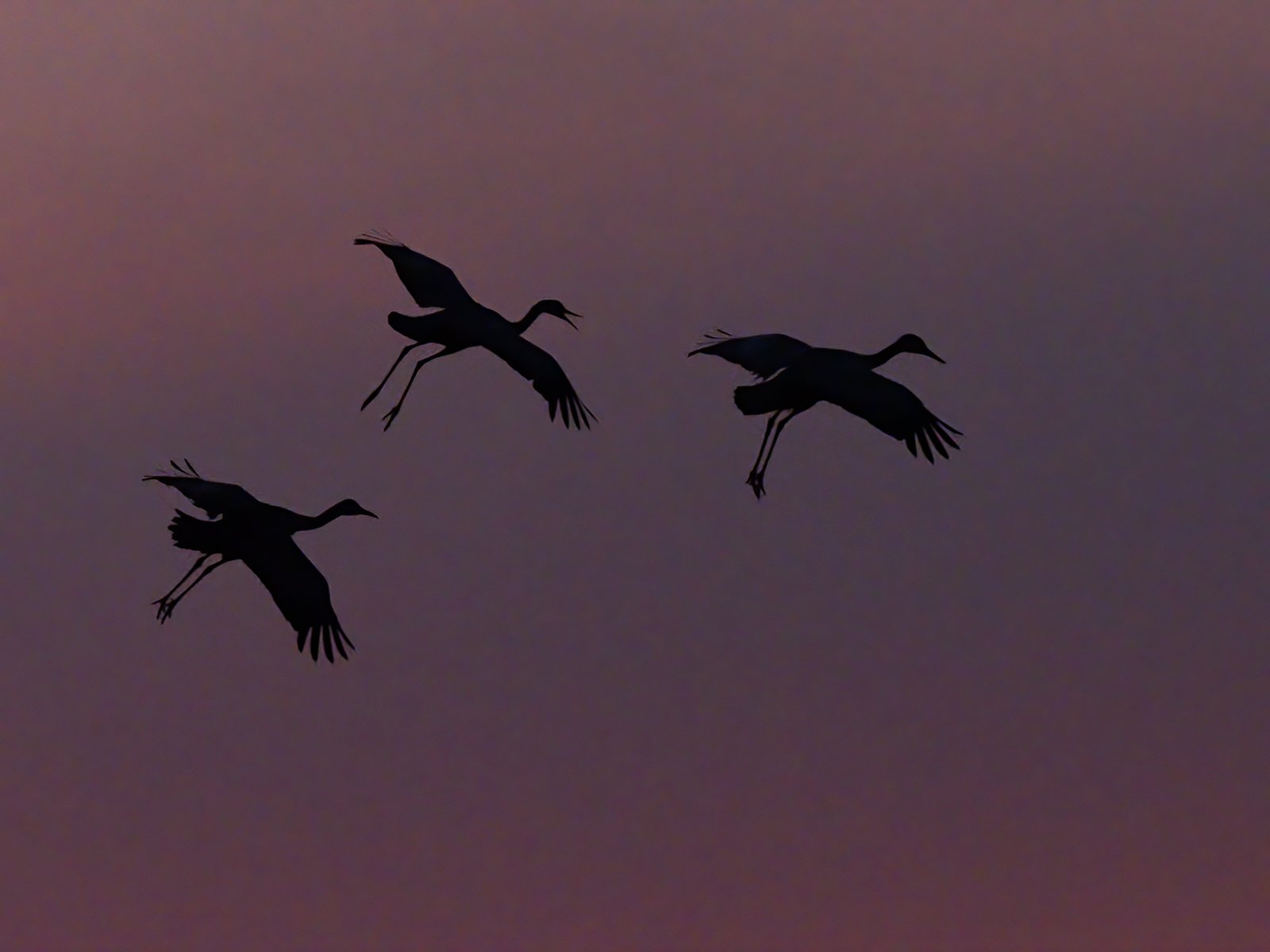
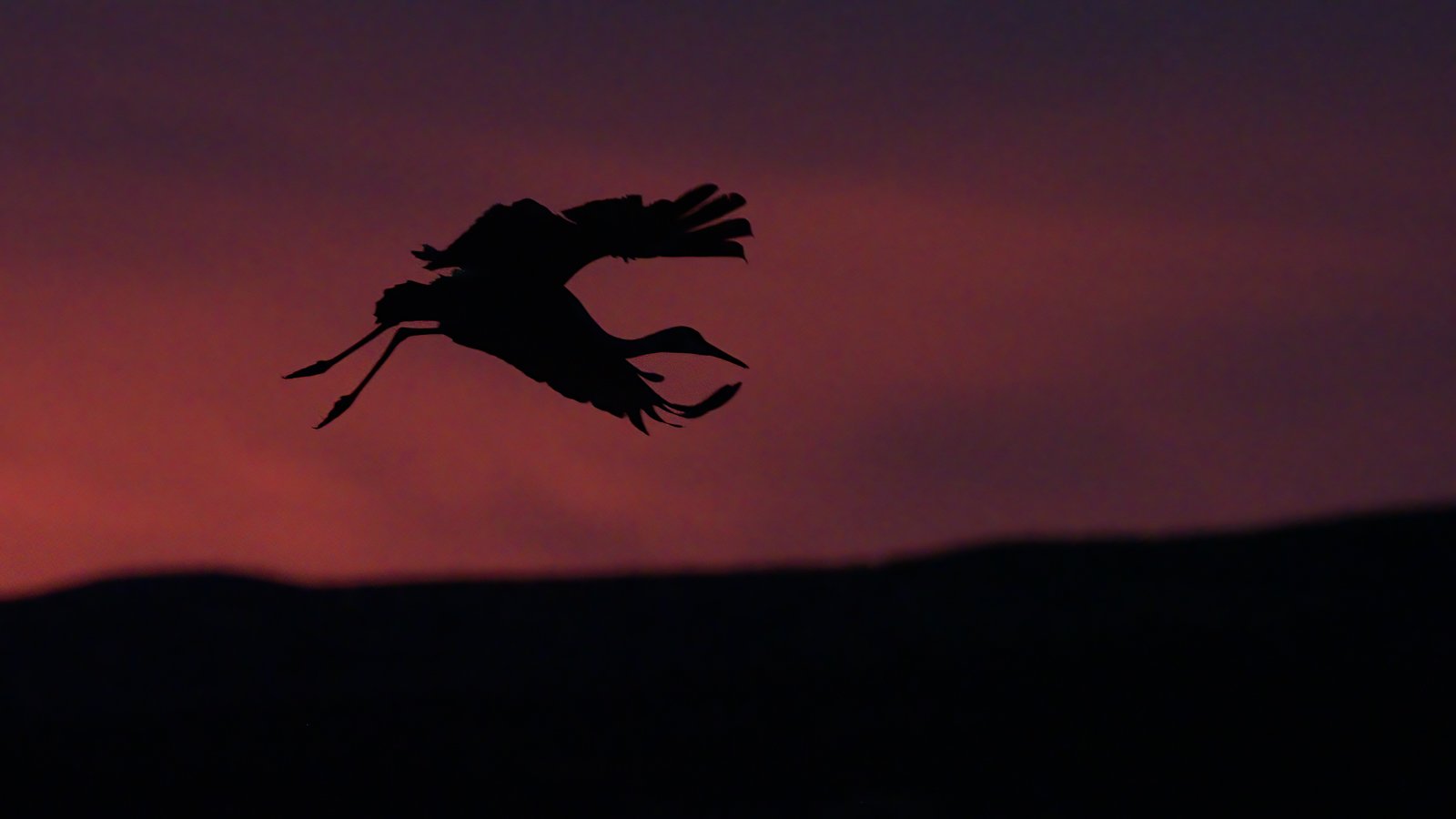
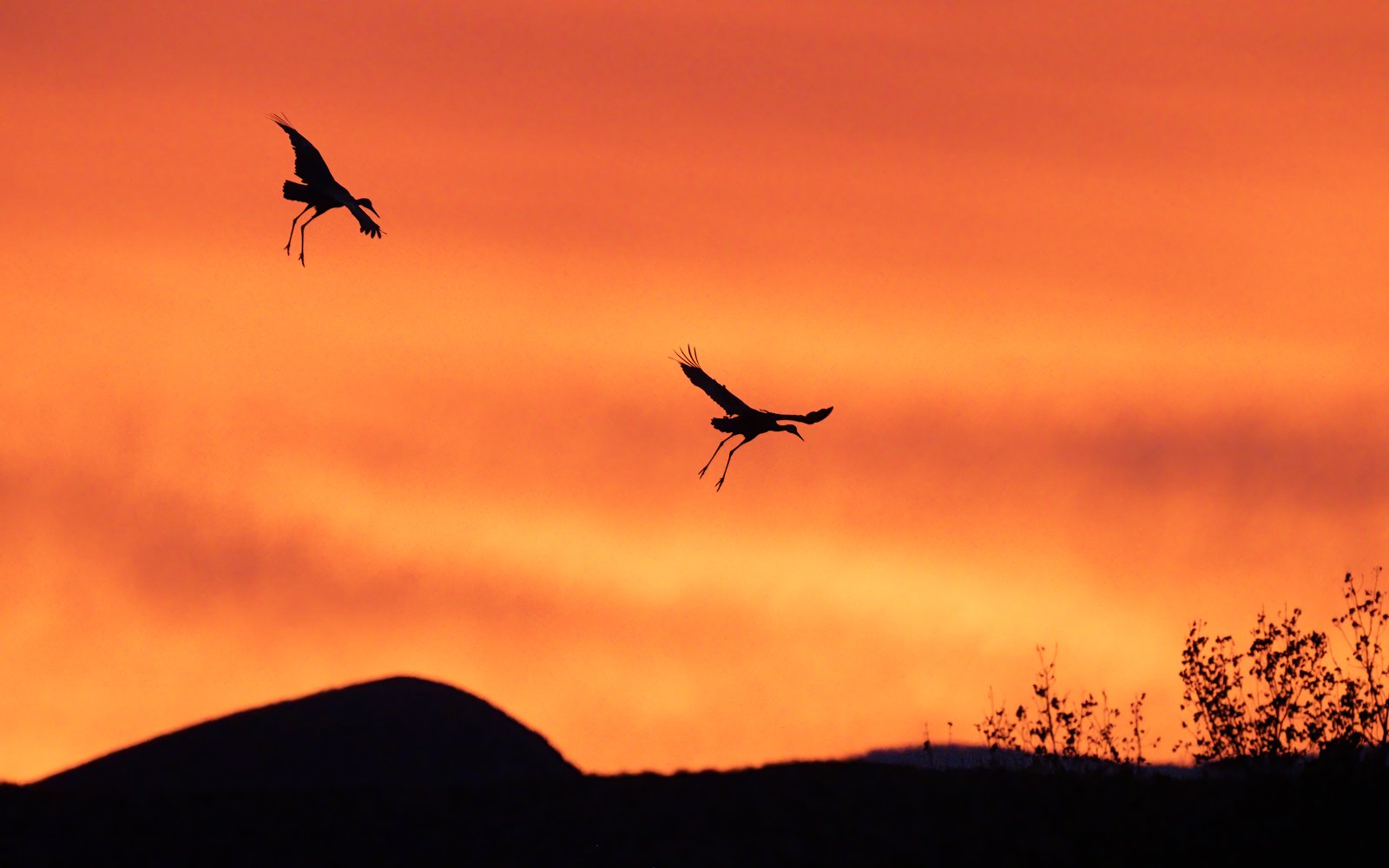
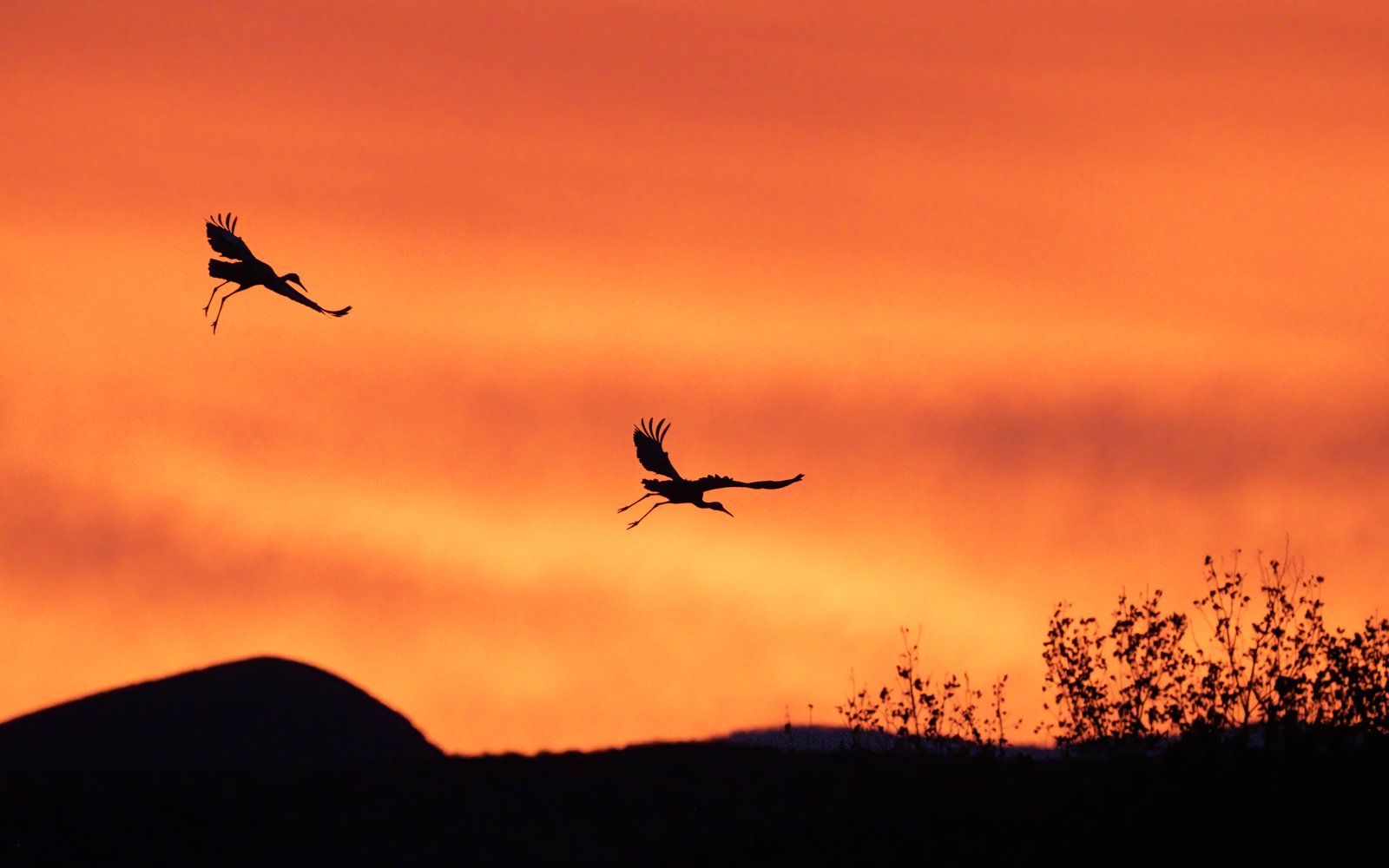
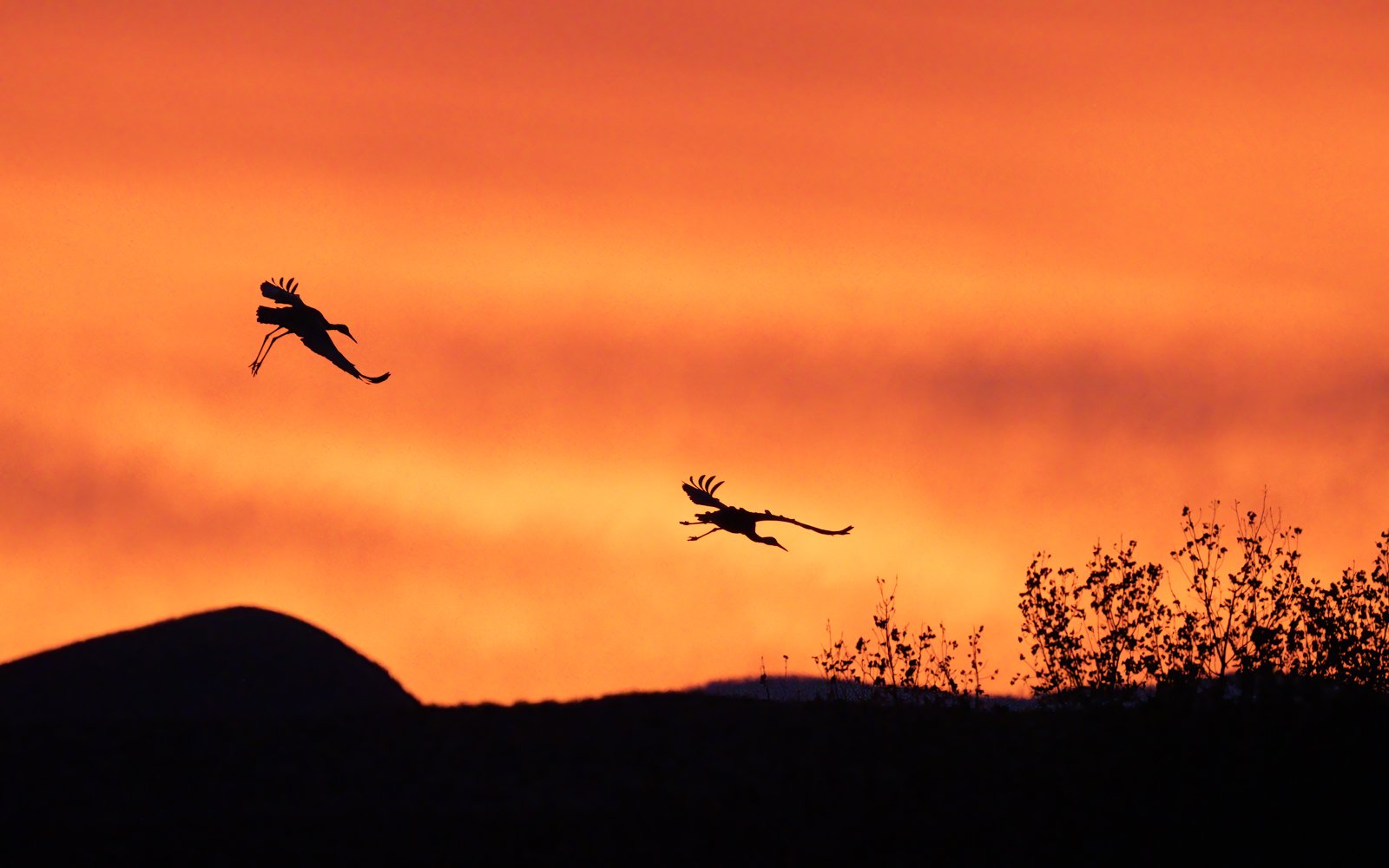
American Kestrel - Bosque del Apache NWR - 12/11/2021
/As I drove the north and south loop roads at Bosque last week, I was remembering the locations where I had taken some of my favorite shots on previous trips to the refuge. At one point I remember that I had obtained a few close-up shots of an American Kestrel on a post around the next turn. As I made the turn, I saw a kestrel on the same post. I stopped my car in a location with a good light angle and was able to get the images shown below. Click on each image to see a slightly larger version.
American Kestrel - Bosque del Apache NWR - December 11, 2021
Olympus E-M1X camera, 150-400mm f/4.5 TC lens
Settings: 395mm focal length, 1/2000 sec at f/5.6, ISO 320
American Kestrel - Bosque del Apache NWR - December 11, 2021
Olympus E-M1X camera, 150-400mm f/4.5 TC lens
Settings: 395mm, 1/2000 sec at f/5.6, ISO 320
American Kestrel - Bosque del Apache NWR - December 11, 2021
Olympus E-M1X camera, 150-400mm f/4.5 TC lens
Settings: 395mm, 1/2000 sec at f/5.6, ISO 400
American Kestrel with catch - Bosque del Apache NWR - December 11, 2021
Olympus E-M1X camera, 150-400mm f/4.5 TC lens
Settings: 395mm, 1/2000 at f/5.6, ISO 250
American Kestrel with catch - Bosque del Apache NWR - December 11, 2021
Olympus E-M1X camera, 150-400mm f/4.5 TC lens
Settings: 395mm, 1/2000 at f/5.6, ISO 320
American Kestrel with catch - Bosque del Apache NWR - December 11, 2021
Olympus E-M1X camera, 150-400mm f/4.5 TC lens
Settings: 395mm, 1/2000 at f/5.6, ISO 320
Northern Pintail Ducks in Flight
/The photos were taken at the Bosque del Apache NWR in New Mexico on December 9, 2021. Compared to several previous years when I visited Bosque, drought conditions had dramatically changed the locations where photographers grouped to capture the early morning departure of the Sandhill Cranes from their roosting areas and the late afternoon arrival at those locations. Click on the image to see a slightly larger version.
Northern Pintails - Bosque del Apache NWR in New Mexico - December 9, 2021
All photos were taken handheld with an Olympus E-M1X camera and a 150-400mm f/4.5 TC lens. Settings for the first three images were 500mm focal length, 1/3200 sec at f/5.6 and ISO 500.
The pintails were feeding in the short grassy areas at the edge of the pool of water the sandhilll cranes were using as a roosting area.
Ample opportunity to try to capture images of the birds in flight existed because small numbers of the pintails were frequently entering or exiting this part of the refuge and/or changing locations within the area.
Settings for this image were 445mm focal length, 1/3200 sec at f/5.6, ISO 500.
White Morph Reddish Egret Catching, but not releasing
/Late in the afternoon on November 10 2021 at the beach on Bolivar Flats in Texas, the combination of the rising tide and the configuration of the underlying sand created a temporary pool of water that was being actively fished by a single White Morph Reddish Egret, a Black-bellied Plover, and a couple of Willets. Later, two Marbled Godwits joined the crowd. I was able to get to the west of the pool without disturbing the birds and acquire many images of the ongoing activity.
White Morph Reddish Egret - Bolivar Flats, TX - November 10 2021
Photos were taken with an Olympus E-M1X camera and a 150-400mm f4.5 TC lens. Shots were taken handheld @ 400 or 500mm, 1/3200 sec, f/4.5 or 5.6 , and ISOs between 320 and 800. I was surprised by the number of shots in which the fish being chased was out of the water and in the frame. Both the bird and the fish are out of the water in several of the shots.
Belted Kingfisher diving
/During a recent photo outing to Texas and Louisiana, I saw a lot of Kingfishers and Northern Harriers but had obtained no decent photos of either. On November 13 at the Lacassine NWR in Louisiana, I saw this Belted Kingfisher hovering over the water at a distance and was able to focus on the bird and track it to the water.
Belted Kingfisher - November 13 2021 - Lacassine NWR (LA)
The three photos were taken with an Olympus E-M1X camera and a 150-400mm f4.5 TC lens. Shots were taken handheld @ 500mm, 1/4000 sec, f/8, ISO 800 or 1000.
These images were small in the frame. I used the Enhance feature in Lightroom to create enlarged versions.
Photos showing sandpipers in flight as well as the reflections of the birds.
/Photos taken from the North Jetty of the Galveston ship channel November 14, 2021. The larger birds are Dunlins and the smaller one Western Sandpipers.
Note the collision of the reflections of the two birds on the left.
Both photos were taken with an Olympus E-M1X camera and a 150-400mm f4.5 TC lens. Shots were taken handheld @ 419mm, 1/5000 sec, f/5.6, ISO 1000. Click on the image to see a slightly larger view.
Especially in the early days of my bird photography adventures, the monthly programs of the Francis M. Weston Audubon Society in Pensacola FL, their monthly publication (Skimmer), and the information on their web pages greatly facilitated my ability to locate and identify the birds I photographed. The barcharts in Bob and Lucy Duncan’s “The Birds of Escambia, Santa Rosa and Okaloosa Counties, Florida” explained why the birds were not where I expected them to be and when they were likely to return. I am especially grateful to Lucy and Bob for their help over the years with difficult (for me) identifications.
Black-bellied Whistling Ducks landing sequence
/Photos taken November 12 2021 at the Lacassine National Wildlife Refuge in Louisiana. The refuge is part of a complex created to support, protect, and provide winter habitat for migratory waterfowl. It seemed to have received little damage from the series of hurricanes that made landfall in LA during the last hurricane season. As the name implies, the birds generate a clear whistling call.
Black-bellied Whistling Ducks - Lacassine National Wildlife Refuge (LA) - November 12 2021
The 4 photos were taken with an Olympus E-M1X camera and a 150-400mm f4.5 TC lens The built-in 1.4x tc was activated and shots were taken handheld @ 500mm, 1/3200 sec, f/5.6, ISO 1600. Click on the image to see a slightly larger view.
Black-bellied Whistling Ducks - Lacassine National Wildlife Refuge (LA) - November 12 2021
Black-bellied Whistling Ducks - Lacassine National Wildlife Refuge (LA) - November 12 2021
Black-bellied Whistling Ducks - Lacassine National Wildlife Refuge (LA) - November 12 2021
Pictorial Definition — Coming up empty
/Foster’s Tern Diving Sequence - November 12, 2019 - Bolivar Peninsula, Texas
Olympus E-M1X camera with 300mm f/4 lens and 1.4x teleconverter.
1/2000 sec at f/5.6, ISO 800 or 1000
(Slightly larger versions of the images can be viewed by clicking on the image.)
Sailing from Anacortes WA to San Francisco CA in 2006
/In 2006 I helped my friends Ken Britten and Sandra Aamodt sail their new (for them) ketch, Aquila, from Anacortes WA to San Francisco CA. The web page I made in 2006 describing highlights of the trip has been converted into this blog entry. A photo of Aquila is shown below.
Details of the vessel can be viewed here.
Ruminations about how to employ Minard’s innovative use of spatial information in developing a graphical description of our voyage eventually led to the figure shown below,
Ken and Sanra sailed Aquila to New Zealand and back. I was looking forward to joining them on part of their voyage, but circumstances did not allow me to do so.
The original, more complete, description of the Anacortes to San Francisco trip is still on the web. Link.
Objects obscuring bird photos
/Don’t you hate it when lighthouses and vegetation obscure your bird shots?
Blue Angels - Pensacola, FL - July 2010
Nikon D300, 500mm f/4 lens
1/800 sec at f/8, ISO 250
Fort Pickens, located on Pensacola Beach on the Gulf Islands National Seashore, was one of my favorite birding spots when I lived in Pensacola. The Naval Air Station that is the home base of the Blue Angels is only a couple of miles from the fort. The segment of Pensacola Bay closest to the pass into the Gulf of Mexico separates the Fort and the Naval Air Station. I had many opportunities to photograph the Blue Angels during their practice sessions when I was birding at Fort Pickens.
Greater Sage-Grouse photos
/While cleaning out folders in my bloated Lightroom catalog, I found a lot of unprocessed raw files of photos taken on a photo tour led by Greg Lavaty in 2014. He called it a chicken run. The goal was to get photos of White-tailed Ptarmigan, Greater Sage Grouse, Sharp-tailed Grouse, Greater and Lesser Prairie-Chicken and the complex breeding rituals of the Grouse and Prairie-Chickens.
All of the photos shown are of Greater Sage-Grouse seen at a lek near Walton, CO on April 2, 2014.
All shots were taken with a Nikon D7100 camera and a 500mm f/4 lens shot at f/5.6. Shutter speeds varied from 1/1000 sec to 1/2500 sec and ISO from 1000 to 1250..
Pointed tail. Legs with feathers. Yellow patch over the eye. White breast. Dark brown throat, Black Belly. Two yellow sacs on the neck.
Females, want to see how fit I am? Look at my spiky tail feathers and the size of my puffed-up chest.
And …. I earned this valuable territory in the middle of the lek by chasing off many less-fit males not worthy of your attention.
In a lek, males compete with each other through a series of spectacular displays, calls, and sparring for the coveted innermost territories on the lek. The one or two males most successful in attaining and defending these small territories typically perform about 90% of the matings that occur on the lek.
Great Blue Heron and Reflection
/I found this photo of a Great Blue Heron while cullng images in my Lightroom Catalog.
Click on the image to make the bird a tiny bit larger.
Great Blue Heron - Laguna Atascosa NWR, TX - November 2010
Nikon D700, 24-70mm f/2.8 lens at 60mm
1/320 sec at f/13, ISO 200
Secretive Marsh Birds - Sora
/I am in the process of constructing a collection of images that will be labelled SECRETIVE MARSH BIRDS. Ironically, all parts of the body except those that are submerged are exposed in my favorite shots of the very secretive Sora (Porzana carolina).
Click on each image to see a slightly larger version.
Sora - Fort Pickens Gulf Islands National Seashore (FL) - October 2010
Nikon D300s, 500mm f/4 lens
1/640 sec at f/4, ISO 800
The Sora is a member of the Family Rallidae which also includes other rails, Gallinules and Coots. Sora primarily eat seeds for which their short, stubby yellow bill is well suited.
Sora - Fort Pickens Gulf Islands National Seashore (FL) - October 2010
Nikon D300s, 500mm f/4 lens + 1.4x teleconverter
1/640 sec at f/8, ISO 400
I have learned some interesting things while reading about the rails and bitterns. For survey and conservation purposes rails and bitterns are among those listed as secretive marsh birds. In general, estimates of the numbers of marsh birds have been and continue to be declining. It is not surprising that the populations of many marsh birds have declined in North America. About half of the wetlands in the U.S. have been lost over the past 200 years. In Louisiana, about one-quarter of the state’s wetlands – an area the size of Delaware – have been lost since the 1930s.
Sora - Anahuac NWR (TX) - May 2011
Nikon D300, 500mm f/4 lens + 1.4x teleconverter
1/640 sec at f/4.5, ISO 250
Several descriptions of the plumage and behavior of Sora that I read described their habitat as emergent wetlands. “Emergent wetland means a wetland with at least thirty (30) percent of the surface area covered by erect, rooted, herbaceous vegetation extending above the water surface as the uppermost vegetative strata.” The herbaceous plants are hydrophytic or water-adapted. The vegetation is rooted below the water’s surface and either stands erect above the water (e.g., cattails) or grows at the surface (e.g., lily pads). Link
Sora - St. Marks NWR (FL) - November 2012
Nikon D300s, 300mm f/2.8 lens + 1.7x teleconverter
1/320 sec at f/5.6, ISO 1250
Virginia Rails, Soras, and King Rails are game species in many states. The following description of soras is one I found in a hunting magazine. “Soras are shy little birds. They are small, about the size of an English sparrow and sport a slate-gray chest and belly, brown-white-black speckled wings and back. Mother Nature outfitted soras with a black bib and face mask accentuated by a bright yellow bill. Their long legs are greenish gray and dangle awkwardly when rails flush and take wing. Once in the air, soras are not strong flyers, nor do they fly very far before settling back down. Their flight appears almost labored. Preferred sora habitat includes cattail marshes and moist soil environments where they can feast on seeds, rice, insects and aquatic invertebrates.” Link
Sora preening - Wakodahatchee Wetlands (FL) - January 2014
Nikon D7100, 500mm f/4 lens + 1.4x teleconverter
1/1250 sec at f/8, ISO 640
More about secretive marsh birds and their habitat in the next post.
Sora preening - Wakodahatchee Wetlands (FL) - January 2014
Nikon D7100, 500mm f/4 lens + 1.4x teleconverter
1/1000 sec at f/8, ISO 640
Sora - Fort Pickens Gulf Islands National Seashore (FL) - April 2013
Nikon D7100, 300mm f/4 lens + 1.7x teleconverter
1/2500 sec at f/8, ISO 1600
American Avocet Takeoff Sequence
/I am still culling images I obtained on my birding trip to the Bolivar Peninsula (TX) in April. This is one of my favorite birding locations, but on most days during my visit, the wind, tide, and cloud conditions were not favorable for finding and photographing shorebirds. This lowered my expectations of finding many “keepers” in the files from that trip and my enthusiasm for spending a lot of time sorting the photos. But, I am finding a few pleasant surprises. .
American Avocet taking off sequence. Bolivar Peninsula (TX). April 2021
Olympus E-M1X camera with 150-400mm f4.5 TC lens @ 500mm.
Settings were the same for the three photos: 1/1600 sec at f/5.6, ISO 200
Click on the image for a slightly larger view.
Red-winged Blackbird — Takeoff and in Flight
/I spent two and one-half days exploring the Cheyenne Bottoms WA and Quivira NWR-Big Salt Marsh in Kansas last week. These wetlands are premier sites for viewing shorebirds in the interior United States, especially in the spring. I expected to spend most of my time there photographing shorebirds, as I has done on a visit a couple of years ago. The shorebirds were there, as recent E-bird reports indicated. But the water levels were low and most of the shorebirds, visible using spotting scopes, were a long distance from the dikes and roads accessible to viewers.
Red-winged Blackbird - Cheyenne Bottoms WA - May 2021
The 5 images in this post were obtained using the Olympus E-M1X camera
with 150-400mm f4.5 TC lens @ 250mm.
Settings were the same: 1/2000 sec at f/6.3, ISO 800
The edges of the dikes and roads were not devoid of birds. Swallows, Blackbirds, Dickcissels, Kingbirds, Meadowlarks, and Grackles were active, but skitish because of the low traffic density in these wetlands. I decided to devote my effort to trying to capture takeoff and flight images of the birds active on the edges of the areas accessible to visitors instead of the distant shorebirds.
One reason for this decision (in addition to the photographic inaccessibility of the shorebirds) was to gain experience with the Pro Capture mode available on some Olympus cameras. Pro Capture works by continuously taking images and saving them in temporary memory when the shutter is “half pressed.” The images in the buffer are deleted if the shutter is released before being fully activated. When the shutter button is fully activated, images in the buffer plus addition images collected while the shutter remains depressed are saved. While this mode captures events usually lost during the reaction time of the photographer, the photographer makes a number of decisions about camera settings that affect the outcome. Among these are choice of the field of view (how much space around the bird is included in the frame), shutter speed, number and location of the active focus points, and the aperture setting which affects the depth of field. I found myself in a situation that provided an excellent opportunity to practice using the Pro Capture mode. Doing so had been on my (should be laminated) photographic ToDo list for quite some time. Some of the results obtained are show below. More will be illustrated in follow-up blog posts.
Red-headed Woodpecker and Red-winged Blackbird Interaction
/Once upon a time (last Thursday), on a Wildlife Area not TOO far away (Cheyenne Bottoms WA in Kansas), I spotted a Red-headed Woodpecker feeding while using the wooden fence posts along one of the access roads as temporary perches before launching attacks on prey.
Red-headed Woodpecker - Cheyenne Bottoms WA, Kansas - May 2021
Olympus E-M1X with 150-400mm f4.5 TC lens @ 500mm
1/3200 sec at f/6.3, ISO 4000
I adjusted the camera settings to optimize acquisition of images of the woodpecker in flight and watched the behavior of the bird carefully through the viewfinder looking for any indication the bird was about to fly. The appearance of a Red-winged Blackbird in the viewfinder was a complete surprise.
Olympus E-M1X with 150-400mm f4.5 TC lens @ 500mm
1/3200 sec at f/6.3, ISO 4000
Even more surprisng was seeing the blackbird land on the post, and then appear to “say something” to the woodpecker before it took off while the woodpecker was changing positions on the post..
Olympus E-M1X with 150-400mm f4.5 TC lens @ 500mm
1/3200 sec at f/6.3, ISO 4000
Olympus E-M1X with 150-400mm f4.5 TC lens @ 419mm
1/3200 sec at f/6.3, ISO 4000
Olympus E-M1X with 150-400mm f4.5 TC lens @ 383mm
1/3200 sec at f/6.3, ISO 4000
This behavioral sequence triggered my curiosity about interspecies communication in birds. An interesting discussion of this topic can be found using this LINK.
Olympus E-M1X with 150-400mm f4.5 TC lens @ 500mm
1/3200 sec at f/6.3, ISO 4000
This is the first frame in the burst of exposures after the blackbird flew away. It would be anthropomorphic to label this a Pictorial Definition of Relief. An enlargement of the woodpecker’s head is shown below.
















